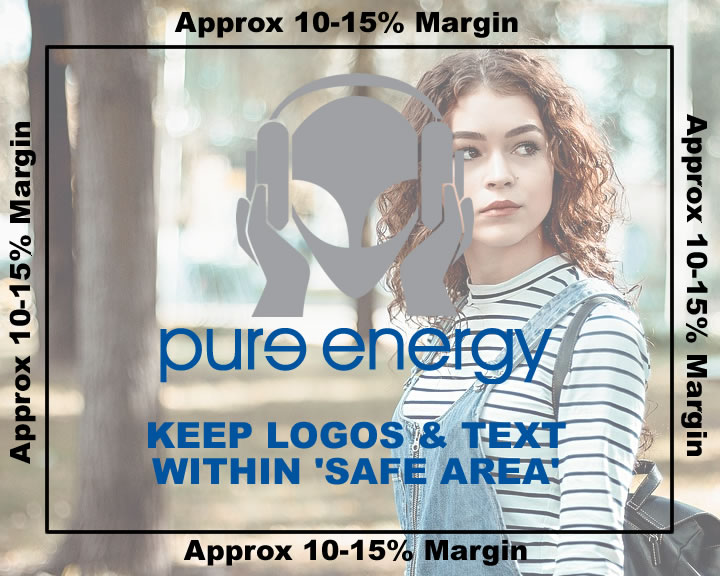File Formats for Media Players
When producing media to play on our vintage televisions you should render the footage in the following format :
Open MP4 Container (Not Apple .MOV Files)
Resolution : 720 x 576
Aspect Ratio : 4:3 (or if the file is to be used with a widescreen TV, then export as 16:9)
UK PAL - 25fps Interlaced
4Mbps or lower bit rate
Creating media on an Apple Mac
If you are creating the media on an Apple Mac (and you probably are), please be aware that when you save files the Mac OS often creates a hidden info file with a '.' at the start of the file name. If this is present on the SD Card or USB stick the media player will try to play it and fail. You should delete this.
For more information, this page might help on the MacRumours Forum and several people have recommended the USBClean App.
Please render the video file as a standard MP4 (x264) file. Do not render as a proprietary Apple MOV file. The media players will not have the CODEC required to play them.
Other Considerations
Our televisions are vintage and have limitations. They are not tolerant of any frame rates other than 25fps (interlaced). They also often have a bezel around the edge of the screen that means if you are creating graphics you should avoid having important graphics on the very edge of the frame as these may end up hidden by the surrounding bezel. You should also be aware that accurate colour reproduction is widely variable at best between differing televisions. Do not expect our televisions to be able to match colours between screens. The TV's can only play standard definition video. Whilst our media players will be able to read high definition video files, do not expect the fine detail to be clearly viewable of the screen. Avoid small fonts and detailed graphics.
Ordering Video Files
If you wish the TV to play a sequence of video files, this is no problem at all. To control the order in which they play, simply name the files accordingly :
01_Filename.MP4
02_Filename.MP4
03_Filename.MP4
04_Filename.MP4
05_Filename.MP4
Once the media player has played all 5 files it will go back to the beginning of the list and start again. There will me a momentary pause between each file.
Looping Video
You can play one video continuously. Simply put just one video file on the SD Card or USB stick. However there will be a momentary pause when the video re-starts. To avoid too many of these pauses, render the video so that it plays the loop X number of times within the one video file. The loop will be seemless with a brief pause only at the end of the video. Therefore if you create a 1 hour video of a 30 second loop, you will only see the pause once every hour.
Safe Area
Many old televisions and video monitors do not show the entire frame size that you have created. A small amount is lost underneath the front plastic bezel of the screen. Video editing software of the time had a guide you could turn on called the 'Safe Area' guide. You should keep any logo or text within this safe area. You should define around 10 to 15% of the image size as being off-limits for text and logos. So for a 720 x 576 image avoid using the 110 pixels around the edge of the frame. non-important general video is fine in this area, but be prepared the some screens may not show it.

Sadly this is not a precise science and the safe area does differ from television to television. (Ahh... the good old days!) But 10 to 15% usually covers all eventualities.
For more information on the safe area see Wikipedia : Safe Area - It's a real thing! We don't just make this stuff up! :)
Static Content
Please avoid having static content displayed on a screen. Old CRT screens and televisions can suffer from 'screen burn' if they display the same content on the screen constantly. This applies even more to high contrast images like logos. Please do not have logos displayed constantly on the screen. Any damage caused to the screens from 'screen burn' will be charged for at the full replacement cost of the screen. Try to get a ratio of 70/30 at least. IE the logo is on the screen for 70% of the time and something else for the other 30%.
Keep informed of the latest gadgets and gizmos added to our collection...
Simply add your email address below and follow the additonal on-screen instructions.